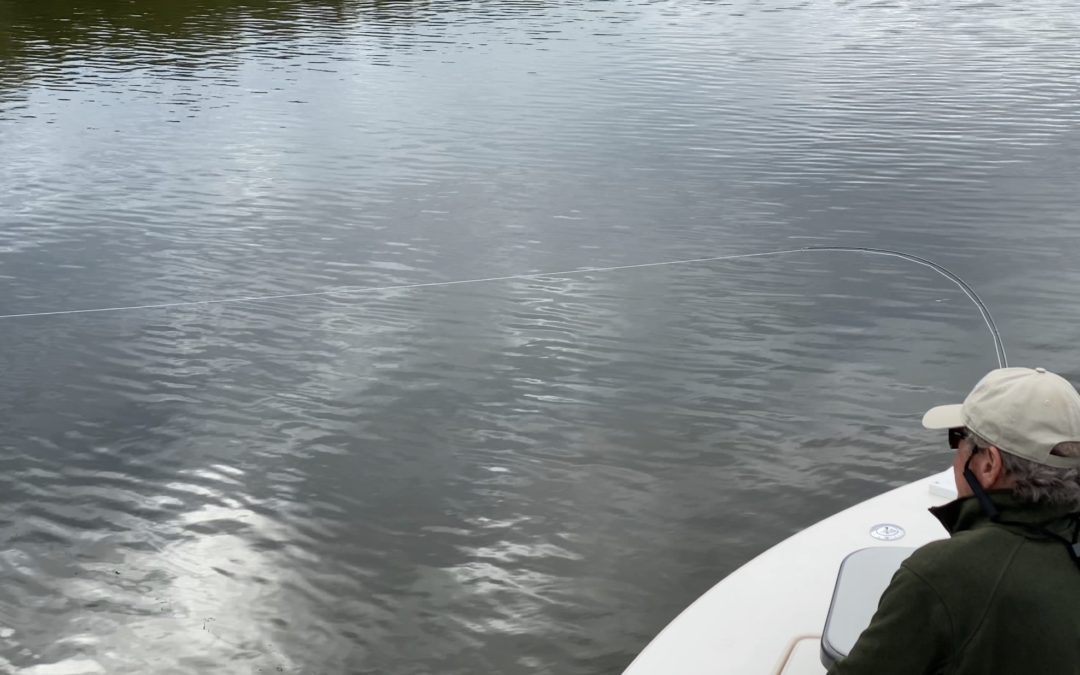At first glance, Charlotte Harbor and all its bays and sounds seem like an awful lot of territory to learn and cover. However, I suppose like anywhere, the more time you spend exploring it, the more you begin to realize that in some respects, it’s really not all that large. Then again, there are times I begin to think that the type of boat you run combined with the weather conditions really determines just how big it is. Well anyway, I’ll bet that for many of us the area is just big enough to keep us looking for new spots figuring the grass is always greener the farther we get from where we started.
In fact, just about as long as I can remember, many anglers I’ve known, including myself, have been running off to more distant locations chasing fish when there was always decent fishing right in our own backyard. We used to call it running from the fish. Back in the day, it was usually Flamingo down in Everglades National Park. Today, well it could be anywhere from Lemon Bay down to the Caloosahatchee River and all points in between. And I even have my sights set on putting in some time up both the Peace and Myakka Rivers.
With all that in mind, I can’t help but wonder if even attempting to cover that much ground is necessary or even practical. For the most part, lots of areas throughout Charlotte Harbor are capable of providing a decent day on the water. So, it got me to thinking and I thought I would share some insight that fishing for the last 30 years helps provide. It is nothing more than a few ideas to help keep us on the water while not spending a fortune on fuel.
I haven’t spent much time in a kayak, but I have learned from talking to some of these anglers that by moving at a slower and quieter pace they see fish that they never noticed when they fished from a boat. There is a lesson to be learned here and it is still very applicable to a bay or flats boat. Range is definitely limited with a kayak and that is kind of the point. Basically, fish are closer than you might think from many ramps or loading spots. We don’t always have to make the run. Get out a chart and find an area not too far from where you plan to load that you may or may not even be familiar with, then slow it down. In other words, try fishing a little slower and a bit more methodical. Work on dissecting the water by not necessarily fishing more water but by making more casts into every spot that you can reach or get into. Think about it this way, many of our favorite game fish such as redfish are scavengers anyway that like to feed on the bottom and the easier that we can make it for them to sniff out or see our bait, the better our chances.
Summer is a good time to get out of the boat and wade, and I can’t think of a better way to slowly work a shoreline and help stay cool at the same time. Don’t forget, this is also a great time of year to do a little harbor tarpon fishing that is easily reachable from any one of five different ramps. Ponce and laishley Park, the Port Charlotte Beach Complex, Spring Lake and the ramp at El Jobean are all within easy reach. Many days, a short boat ride and setting up a drift is all that is needed. For bait, there are huge pods of threadfins throughout the harbor, but if you want to keep it simple, just get yourself a trolling model D.O.A. baitbuster and go have some fun. I like the root beer-gold glitter color. It works real well by just casting it out, letting it fall to the bottom, and then simply slowly reeling it in. When all is said and done, doesn’t it seem that whether we’re looking to fish the bushes or the harbor, it pays to slow it down.


Recent Comments